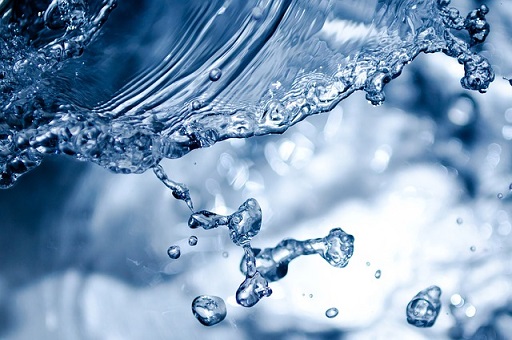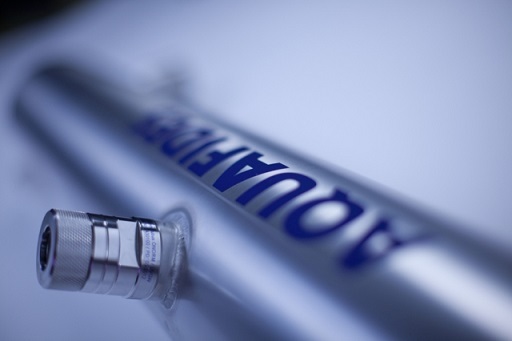Providing clean water to households and businesses is turning into a big priority. An access to potable water is one of the cornerstone prerequisites of civilization, but due to global pollution it is truly becoming a challenge. However, humanity tends to be resourceful and new technologies and methods to clean water spring up every day. If you think such technology is a necessity for you, you should begin by learning more about UV treatment for truly healthy and clean water.

The 101 of UV water treatment
If your local water supply tends to be a breeding ground for harmful bacteria, algae, mold and other microorganisms, a UV water filtration system built into the “bedrock” of your household pipeline is the best protection against the hordes of these invasive body barbarians. After all, UV treatment is the absolute pinnacle of water treatment, the cutting-edge tech that eliminates 99.9% of microorganisms present in water.
The basic mechanism of this system is simple and safe. There is absolutely no need to be afraid of drinking “radioactive” water as the method itself has been through countless trials and checks before it hit the mass market. The water will pass through a small “reactor” that has at least one functional UV lap which irradiates the microorganisms and damages their DNA.
Even if the microorganisms survive (and survivability is minimal), they essentially become incapable of engaging in chemical processes with your body. In essence, they die off even if you ingest them whilst they are still technically living. Also, it is important to mention that a notable presence of these microorganisms tends to be discovered in water that is especially “hard.”
Limescale is a silent kidney killer
We’ve all seen it at least once in our lifetime – the white blotches around faucets, showers and tubs that don’t seem to come off no matter how hard we scrub. This phenomenon is colloquially known as limescale, and it is caused by “hard” water. Essentially, this water hardness is nothing particularly mystifying or chemically insidious. It is commonly caused by a combination of magnesium and calcium minerals that get dissolved in water. Even high concentrations don’t tend to influence the look and taste of the water.
Still, limescale is not only dangerous for the functionality of your faucets and showers, it is also a silent kidney killer and it creates painful kidney stones if the water is not treated. Furthermore, sediments of limescale tend to be a breeding ground for colonies of harmful microorganisms. This is where a commercial water softener (hard water conditioner) comes into the picture – a scientifically viable device that combines UV treatment with water softening and takes care of these limescale deposits before they run through the faucet and hit the dish.

The application in a number of important industries
Of course, while you can protect yourself from microorganisms in water in your own household, what about the products you bring into your home? You’ll be happy to know that many important industries around the world apply the UV water treatment technique to create products that are combined with healthy and clean water.
First of all, the absolutely vital food and beverage industry is beginning to adopt this method. It is your duty as a citizen to push for better processing regulations that will ensure the usage of viable water treatment methods to get the beverages which use water of the highest quality. The same goes for pharmaceutical companies and industries that work in horticulture.
Interestingly enough, wastewater treatment facilities, as well as many water supply institutions, are either considering or already using the UV treatment devices on a large scale, as it has proven to be an extremely viable and cost-effective solution. In a way, they are cutting out the middleman in the form of private properties, and many households are getting the water purified by this method.
Some municipal water supplies even add the secondary water treatment before the water hits the pipeline – the mineral “enrichment” method that makes sure the water is not completely sterilized in every conceivable way, which is also not healthy in the long run. Still, you should also know that the system is not fully integrated around the world and it will definitely take some time before it is, but as of yet, this is a sound method to get clean and healthy water.
It doesn’t matter if you are a private household or a firm, the access to clean, potable water is an absolute necessity and a priority for all people. As science marches on in giant steps, we gain the luxury to learn more and more about the chemical composition of our local water supply. With that knowledge at our disposal, we can take the necessary steps to ensure the proper and healthy balance of minerals in the water that comes out of our faucets.
